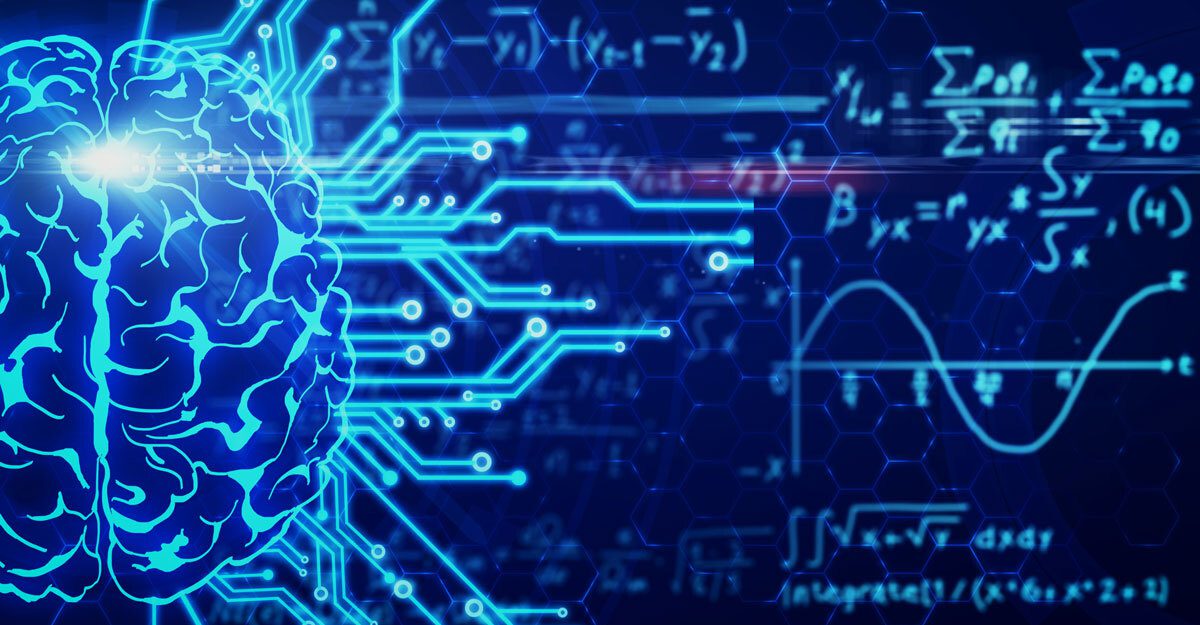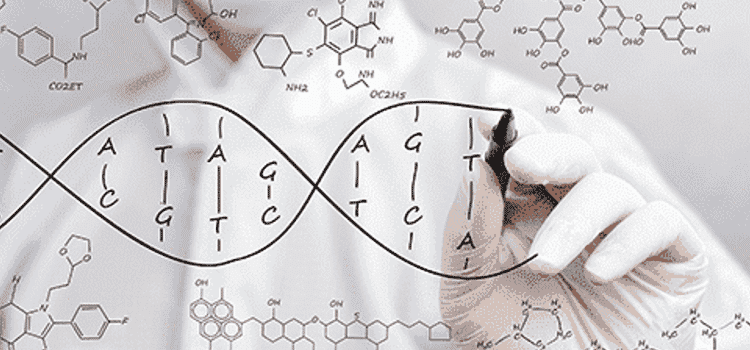Physics and AI: An Overview of PINNs and the Potential of AI Physics
Physics-informed neural networks (PINNs) are merging the digital and physical worlds, but they are just one part of the story for AI physics
In the history of scientific advancement, the confluence of artificial intelligence (AI) with the venerable realm of physics stands out as a monumental juncture.
At the heart of this transformative point in time are innovative methodologies like physics-informed neural networks (PINNs) that merge the empirical richness of data with the immutable truths of physical laws. In this post, we’ll take a deep look into the multifaceted world of PINNs and the myriad of AI physics techniques that are sculpting the future of scientific discovery.
PINNs: Merging Deep Learning and Physical Truths
PINNs are not new but their potential is growing as high-performance computing (HPC) becomes democratized, thanks to rapidly evolving cloud services. PINNs combine the adaptability of deep learning with the foundational principles of physics.
The Distinctive Nature of PINNs
While standard neural networks mold themselves based on data, PINNs operate under the dual tutelage of empirical patterns and the steadfast laws of physics. This unique characteristic allows them to not only adapt to data but also to steadfastly respect the governing principles of the physical systems they model.
Diving Deeper into the Mechanics of PINNs
Imagine a neural network undergoing rigorous training, akin to an athlete preparing for the Olympics. However, this athlete has two coaches: empirical data and a set of differential equations representing physical laws. The PINN has to satisfy both to excel. This dual-training process is orchestrated by a specially designed loss function, which simultaneously penalizes deviations from data and from established physical laws. The outcome is a network that harmoniously aligns with both the empirical and theoretical worlds.
Exploring the Broad Implications of PINNs
Mastering Data Scarcity
In the world of scientific research, gathering data can often be a Herculean task. Many phenomena are hard to measure or occur under conditions that are difficult to replicate.
PINNs, with their intrinsic grounding in physical laws, offer a solution. They can extrapolate from limited datasets, gleaning insights that would be elusive for traditional models. This makes them invaluable for scenarios where experimental data is scarce or hard to procure.
Holistic Product Perspective
The true power of PINNs lies in their ability to provide a 360-degree view of systems. By fusing data-driven insights with the constraints of physical laws, they ensure that their predictions are not just empirically sound but also theoretically consistent. This holistic perspective is vital for complex systems, where understanding the interplay between various factors is crucial.
Enhanced Generalization Capabilities
Traditional neural networks can sometimes overfit to the training data, performing poorly on unseen data. PINNs, by virtue of their adherence to physical laws, inherently possess a regularization effect. This ensures that they generalize well, making accurate predictions even in regions where data hasn’t been explicitly provided.
Robustness and Reliability
Physics, by its nature, offers a framework of consistency and predictability. When this framework is integrated into neural networks through PINNs, it imbues them with a degree of robustness. The predictions made by PINNs are not only guided by data but also anchored to steadfast physical principles, ensuring a higher degree of reliability.
Interdisciplinary Collaborations
The emergence of PINNs has fostered collaborations between data scientists, digital engineers, AI experts, and physicists. This interdisciplinary synergy accelerates research, fosters innovation, and paves the way for breakthroughs that transcend traditional domain boundaries.
Beyond the Horizon of PINNs: The Expanding Universe of AI Physics Techniques
While PINNs have garnered substantial attention, they represent only one aspect of AI physics. Other AI physics techniques that complement the capabilities of PINNs several other research methods.
Symbolic Regression
Symbolic regression is AI’s method of reverse engineering. Given a data set, it strives to deduce the underlying mathematical relationships, hunting for equations that best capture the observed dynamics. Through iterative processes, like genetic algorithms, AI refines its hypotheses, striving to distill the essence of the system into a succinct mathematical formula.
Deep Generative Models
Deep generative models are akin to seasoned composers, creating novel symphonies of data based on established patterns. In the world of physics, this capability translates to the prediction of previously unobserved phenomena, expanding the boundaries of what we know.
Hybrid Models
Envision a seamless integration of traditional physics-based simulations with AI models. By combining classical computational methods with the predictive prowess of AI, hybrid models can accelerate computations, especially in scenarios where AI is adept at modeling certain intricate interactions.
Reinforcement Learning in Physics
In this application, AI interacts with a system, making decisions and learning from the outcomes. Through continuous exploration and learning, AI agents refine their strategies, often unveiling insights that might remain elusive to traditional methodologies.
Challenges and Considerations in AI Physics
The Imperfection of PINNs
Straddling the worlds of data and physical laws presents many challenges. PINNs and similar techniques often grapple with balancing data-driven and physics-based data. Determining the optimal equilibrium requires intricate calibration, deep domain knowledge in physics, and extensive expertise in neural network architectures.
Ensuring Model Transparency
A recurring challenge in the AI domain is the ‘black box’ nature of many models. In physics, understanding the underlying mechanisms and reasons is paramount. Ensuring that AI physics models are interpretable, and their predictions can be traced back to both data and physical laws, is a significant challenge that researchers continuously strive to address.
Data Quality and Integrity
While AI physics techniques can extract insights from sparse data, the quality of this data is crucial. Ensuring data integrity and richness, accounting for potential biases, and validating data sources become essential steps in the modeling process.
Integrating with Traditional Methods
Ensuring that AI physics techniques complement, rather than overshadow, traditional physics methods is essential. The true power of AI in physics emerges when it’s used as an augmentative tool, enhancing traditional methods, rather than attempting to replace them.
AI Physics: The Need for Computational Power
Advanced AI physics techniques such as PINNs have an intensive need for computational power to carry out their complex and massive calculations.
This computational demand isn’t merely about raw processing power. It intertwines with memory requirements, algorithmic efficiency, hardware architectures, and more. Let’s dissect this intricate topic to appreciate its depth and implications.
Why the Upsurge in Computational Needs?
Complexity of Physical Systems: Many physical systems, like turbulent fluid flows or quantum mechanical systems, are inherently complex. Simulating or predicting their behavior using AI requires handling many variables and interactions, leading to increased computational demands.
Integration of Differential Equations: For techniques like PINNs, incorporating differential equations directly into the network architecture can significantly increase the complexity of computations, especially during the backpropagation phase used in training neural networks.
High-Dimensional Spaces: Physics often requires exploring high-dimensional spaces, especially in fields like quantum mechanics or thermodynamics. Neural networks designed to navigate these spaces need to be intricately structured, leading to increased computational demands.
Challenges Posed by Computational Constraints
Training Times: As the computational needs rise, training neural networks can become a time-intensive process, sometimes taking days or even weeks, particularly for deep networks or large datasets that must run on limited computational resources.
Memory Overheads: Advanced AI physics techniques often demand significant memory, especially when handling large datasets or complex models. This can strain the limits of even state-of-the-art supercomputing clusters.
Hardware Limitations: Not all computations are suited for all types of hardware. Some algorithms are optimized for CPUs, while others benefit from the parallel processing capabilities of GPUs. Ensuring compatibility and optimization for the right hardware becomes crucial.
Keys to Computational Power for AI Physics
Distributed Computing: One way to address the computational challenge is by distributing the workload across multiple machines or clusters. Techniques like parallel processing can significantly reduce training times.
Hardware Accelerators: Using dedicated AI accelerators, like TPUs (tensor processing units) or FPGAs (field-programmable gate arrays), can offer significant acceleration for specific types of computations.
Algorithmic Optimizations: Sometimes, the key isn’t more power but smarter algorithms. Techniques like quantization, pruning, and optimized network architectures can reduce computational needs without compromising accuracy or speed.
Hybrid Models: Instead of relying solely on deep learning, using hybrid models that combine traditional simulations with neural network components can often yield accurate results with reduced computational overheads.
Cloud Computing: Leveraging cloud platforms can provide scalable, on-demand computational resources, allowing researchers to access powerful machines without needing hefty upfront investments.
Conclusion
The melding of AI and physics is a monumental development that promises to reshape our understanding of the universe.
As we navigate the intricate layers of PINNs and the kaleidoscope of AI physics techniques, we stand on the cusp of a new era. This era is creating a future where algorithms and physical laws coalesce, weaving a tapestry of insights spanning the quantum realm to the vast cosmic expanse.
The odyssey into this brave new world has only just begun, and its promise is as vast and infinite as the universe itself.
Learn how Rescale’s cloud-based supercomputing platform provides the computational power
for physics-informed neural networks (PINNs) and AI physics.
Talk to our HPC engineering experts today.








